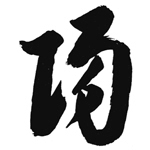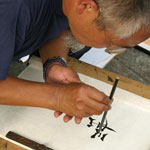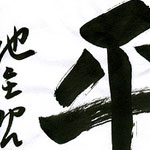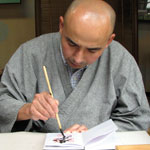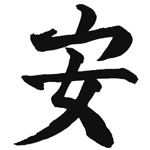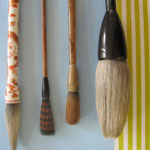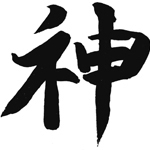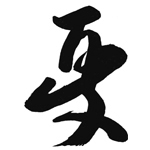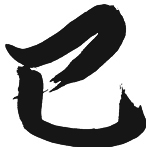
Literacy began in Japan in the 4th century AD, when they borrowed pictograms from the Chinese and the Koreans, a system of characters called 'hanzi'. The Japanese called them kanji, meaning 'han characters', and they survive to this day as part of the Japanese writing system.
Although the Japanese adopted the Chinese characters, the Chinese language was entirely alien to them. In fact, Chinese and Japanese are from entirely different linguistic families. The Japanese were forced to creatively reconfigure the characters to fit their own tongue. They used them sometimes as ideograms to convey an object or idea, and sometimes they used them phonetically. Japanese grew to include of two more 'alphabets' called katakana and hiragana, each with their own function. Reading Japanese, therefore, requires the ability to negotiate between three distinct writing systems.
The Japanese kanji ideograms, like the Egyptian hieroglyphs, convey ideas in a pictorial form. They provide the root and core meaning of most nouns, adjectives and verbs. Hiragana symbols are often added after kanji as grammatical modifiers. For example, the Japanese kanji character for 'eat' could be modified to mean 'to eat', 'ate', or 'eating', by changing the hiragana characters that follow. But what makes kanji especially difficult to learn is, first of all, the sheer number of symbols - 1000 needed to read the newspaper. Japanese school children must learn this basic vocabulary by the sixth grade. Almost two thousand kanji are in everyday use, and about 3500 characters are at the disposal of the well-educated Japanese person. And once you're versed in the vocabulary, there's the problem of context in which each character finds itself, which can alter its pronunciation.
Below you will find a gallery of inspirational images that will help you in your quest of creating the perfect kanji tattoo.
Also Check out: Japanese Tattoo Index.


